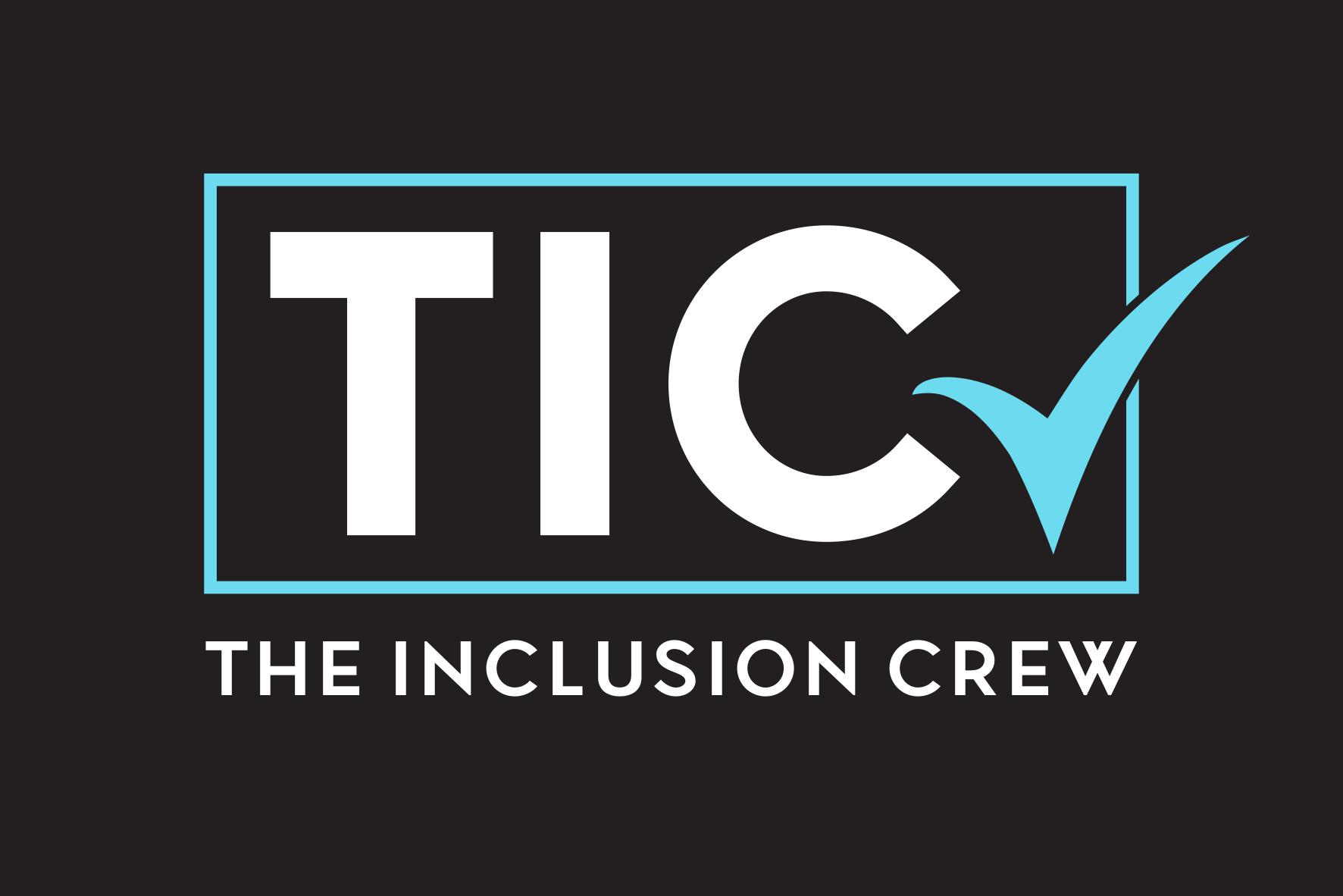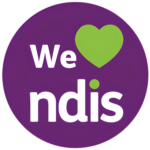The National Disability Insurance Scheme (NDIS) is a transformative program designed to improve the lives of individuals with disabilities by providing access to essential supports and services. However, like any significant initiative, the NDIS has its fair share of myths and misconceptions that can create confusion and uncertainty. In this article, we’ll take a closer look at some common NDIS myths and set the record straight to ensure that participants and their families have a clear understanding of this essential scheme.
Myth 1: “The NDIS Covers All My Needs Automatically”
It’s a common belief that once you’re on the NDIS, all your needs are automatically met without any further steps. However, the NDIS operates on a participant-driven model, emphasizing active engagement in the planning process. It’s not a one-size-fits-all program but rather a tailored support system. To benefit fully from the NDIS, participants play a pivotal role in defining their goals, preferences, and required supports through a personalized plan. This plan serves as a roadmap, detailing the specific services and assistance needed to achieve their aspirations. The NDIS considers each participant’s unique circumstances, ensuring that the supports provided are precisely aligned with their individual needs. Understanding that the NDIS requires active involvement and personalized planning is key to maximizing its benefits and accessing the right support at the right time.
Myth 2: “The NDIS Is a Welfare Program”
The misconception that the NDIS is a welfare program often arises from a lack of clarity about its funding structure. Unlike traditional welfare programs, the NDIS is fundamentally different—it operates as an insurance-based scheme funded by both taxpayers and participant contributions. Participants actively contribute to the cost of their supports through their NDIS plans, similar to paying insurance premiums. This means that eligibility for the NDIS is primarily based on the impact of a disability on an individual’s daily life rather than their financial circumstances. The NDIS is designed to empower individuals with disabilities, ensuring they receive the supports they need to lead fulfilling lives while promoting independence and choice. Understanding this distinction is essential in recognizing the NDIS’s core principles of inclusion and self-determination.
Myth 3: “I Can’t Choose My Service Providers”
There’s a prevalent misconception that the NDIS limits participants to specific service providers or predetermined options. In reality, the NDIS places a strong emphasis on participant choice and control. As a participant, you have the freedom to choose your service providers, the types of supports you require, and how you wish to receive them. This focus on individual choice is a cornerstone of the NDIS philosophy. It encourages participants to actively research and explore various service providers, ensuring they select those that best align with their unique goals and preferences. This level of autonomy empowers participants to tailor their support network to their specific needs, fostering a sense of ownership and satisfaction in their NDIS journey. Understanding that the NDIS prioritizes your choices and preferences is crucial in making the most of the support coordination options available.
Myth 4: “Once I’m on the NDIS, I Can’t Change My Plan”
There’s a common misconception that once an individual is on the NDIS, their plan becomes set in stone and cannot be modified. In reality, the NDIS acknowledges that participants’ needs and circumstances may evolve over time. To accommodate these changes, participants have the opportunity to review and adjust their NDIS plan during scheduled plan reviews. These reviews serve as a vital mechanism to ensure that your plan remains relevant and effective in helping you achieve your goals. It’s essential to communicate any changes or evolving needs to your NDIS planner so that your plan can be modified accordingly. This flexibility allows participants to adapt their plans as their circumstances change, ensuring that the NDIS remains a responsive and supportive framework throughout their journey. Understanding this dynamic nature of NDIS plans is key to making the most of the scheme and ensuring it continues to meet your evolving needs.
Myth 5: “The NDIS Is Only for Adults”
It’s a common misunderstanding that the NDIS exclusively caters to adults with disabilities. In reality, the NDIS serves individuals of all ages, from children to seniors. This inclusivity underscores the NDIS’s commitment to ensuring that all eligible individuals, regardless of their age, have access to the support they need to lead fulfilling lives. For children with disabilities, the NDIS offers early intervention supports that can significantly impact their development and future outcomes. This recognition of the diverse needs of individuals across different age groups reflects the NDIS’s holistic approach to disability support. Whether you’re a child, a young adult, or a senior, the NDIS is designed to be a valuable resource that empowers individuals to achieve their goals and enhance their quality of life. Understanding that age is not a limiting factor when it comes to accessing the NDIS opens up opportunities for individuals of all generations to benefit from its support and services.
Myth 6: “The NDIS Only Covers Physical Disabilities”
A prevalent myth about the NDIS is that it primarily caters to individuals with physical disabilities while overlooking those with intellectual, sensory, or psychosocial disabilities. In reality, the NDIS takes a comprehensive and inclusive approach to disability support, encompassing a wide range of disabilities across different domains. The scheme recognizes that disabilities come in various forms, and each individual’s experience is unique. Whether it’s a physical disability, an intellectual disability, a sensory impairment, or a psychosocial disability, the NDIS aims to provide tailored support that addresses the specific needs and goals of the participant. This broad scope ensures that individuals with diverse disabilities can access the NDIS and receive the necessary supports to lead fulfilling lives. Understanding the NDIS’s commitment to inclusivity across all disability types is essential in dispelling this myth and promoting a more accurate and comprehensive view of the scheme’s reach and impact.
Myth 7: “The NDIS Is Only for Severe Disabilities”
There’s a common misconception that the NDIS is exclusively for individuals with severe and profound disabilities, leading some to believe that moderate or less severe disabilities may not qualify. In reality, the NDIS considers disability in terms of its impact on an individual’s daily life, rather than the specific severity of the condition. The scheme recognizes that disabilities can vary widely in their effects and that each person’s needs are unique. Therefore, eligibility is based on the functional impairment caused by the disability, rather than its severity. This inclusive approach ensures that individuals with a range of disabilities, from moderate to severe, can access the NDIS and receive the supports necessary to achieve their goals. Understanding that the NDIS assesses eligibility based on the impact of the disability, rather than the severity, is essential in dispelling this myth and ensuring that individuals with diverse levels of disability can benefit from the scheme.
Myth 8: “The NDIS Only Provides Financial Support”
There’s a common misconception that the NDIS solely offers financial assistance to individuals with disabilities. While financial support is indeed a part of the NDIS, it represents just one aspect of the comprehensive services and assistance available. The NDIS is designed to provide holistic support that goes beyond monetary aid. It encompasses a wide range of services, including therapeutic supports, personal care, assistive technology, and access to community programs. These services are tailored to meet the individual needs and goals of participants, aiming to enhance their overall quality of life and independence. The NDIS’s focus is on empowering individuals to achieve their aspirations and participate fully in their communities, and financial assistance is just one tool in achieving this broader objective. Understanding that the NDIS offers a diverse array of supports and services, not limited to financial assistance, is essential in dispelling this myth and ensuring that participants can access the full spectrum of available resources.
In debunking these common NDIS myths, we’ve unveiled the underlying truths that highlight the scheme’s inclusivity, flexibility, and commitment to empowering individuals with disabilities. Understanding these realities is crucial in fostering a more accurate and informed perspective on the NDIS. It’s a dynamic framework that strives to meet the diverse needs of participants across different age groups, disability types, and levels of severity. By dispelling these myths and embracing the NDIS for what it truly is—a comprehensive, participant-centered support system—we pave the way for greater awareness, inclusivity, and empowerment within the disability community.


